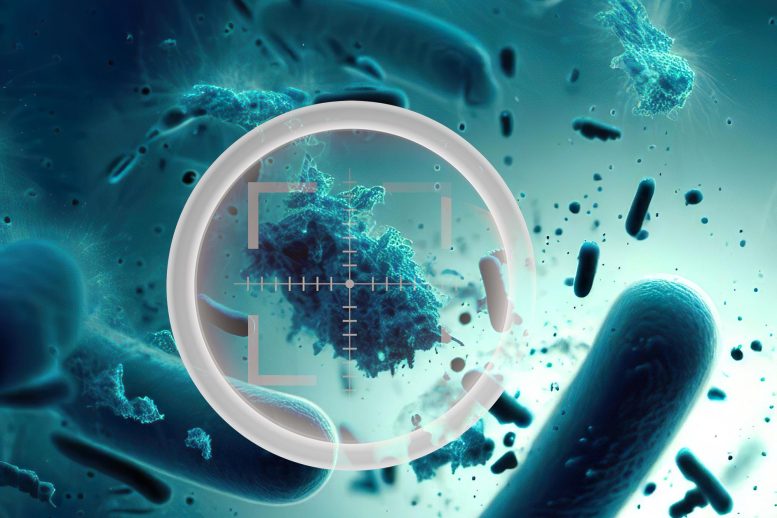
Researchers at the University of Illinois Chicago have discovered that a natural peptide from fruit flies, named drosocin, can bind to bacteria’s ribosomes and hinder protein production, thereby forcing bacterial cells to self-destruct. This finding, along with the understanding of its working mechanism, could facilitate the creation of new antibiotics.
A new study reports on peptide’s antibacterial mechanism.
Researchers from the University of Illinois Chicago have discovered that a peptide derived from fruit flies may pave the way for the development of novel antibiotics.
Published in Nature Chemical Biology, their study reveals that the natural peptide, known as drosocin, safeguards the insect against bacterial infections by binding onto bacterial ribosomes. Once bound, drosocin prevents the ribosome from correctly completing its primary task — making new proteins, which cells need to function.
Protein production can be halted by interfering with different stages of translation — the process by which DNA is “translated” into protein molecules. The UIC scientists discovered that drosocin binds to the ribosome and inhibits translation termination when the ribosome reaches the stop signal at the end of the gene.
“Drosocin is only the second peptide antibiotic known to stop translation termination,” said Alexander Mankin, study author and Distinguished Professor from the Center for Biomolecular Sciences and the department of pharmaceutical sciences in the College of Pharmacy. The other, called apidaecin and found in honeybees, was first described by UIC scientists in 2017.
The UIC lab, which is co-run by Mankin and Nora Vázquez-Laslop, research professor in the College of Pharmacy, managed to produce the fruit fly peptide and hundreds of its mutants directly in bacterial cells.
“Drosocin and its active mutants made inside the bacteria forced bacterial cells to self-destruct,” Mankin said.
While the drosocin and apidaecin peptides work the same way, the researchers found that their chemical structures and the ways they bind to the ribosome are different.
“By understanding how these peptides work, we hope to leverage the same mechanism for potential new antibiotics. Comparing side-by-side the components of the two peptides facilitates engineering new antibiotics that take the best from each,” Mankin said.
Reference: “Inhibition of translation termination by the antimicrobial peptide Drosocin” by Kyle Mangano, Dorota Klepacki, Irueosa Ohanmu, Chetana Baliga, Weiping Huang, Alexandra Brakel, Andor Krizsan, Yury S. Polikanov, Ralf Hoffmann, Nora Vázquez-Laslop and Alexander S. Mankin, 30 March 2023, Nature Chemical Biology.
DOI: 10.1038/s41589-023-01300-x
The study was funded by the National Institutes of Health.

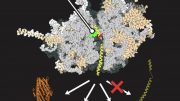
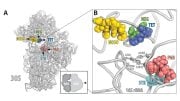
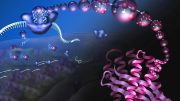
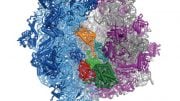
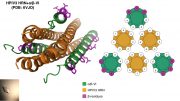
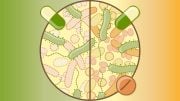


Be the first to comment on "Fruit Fly Compound Could Lead to New Antibiotics"